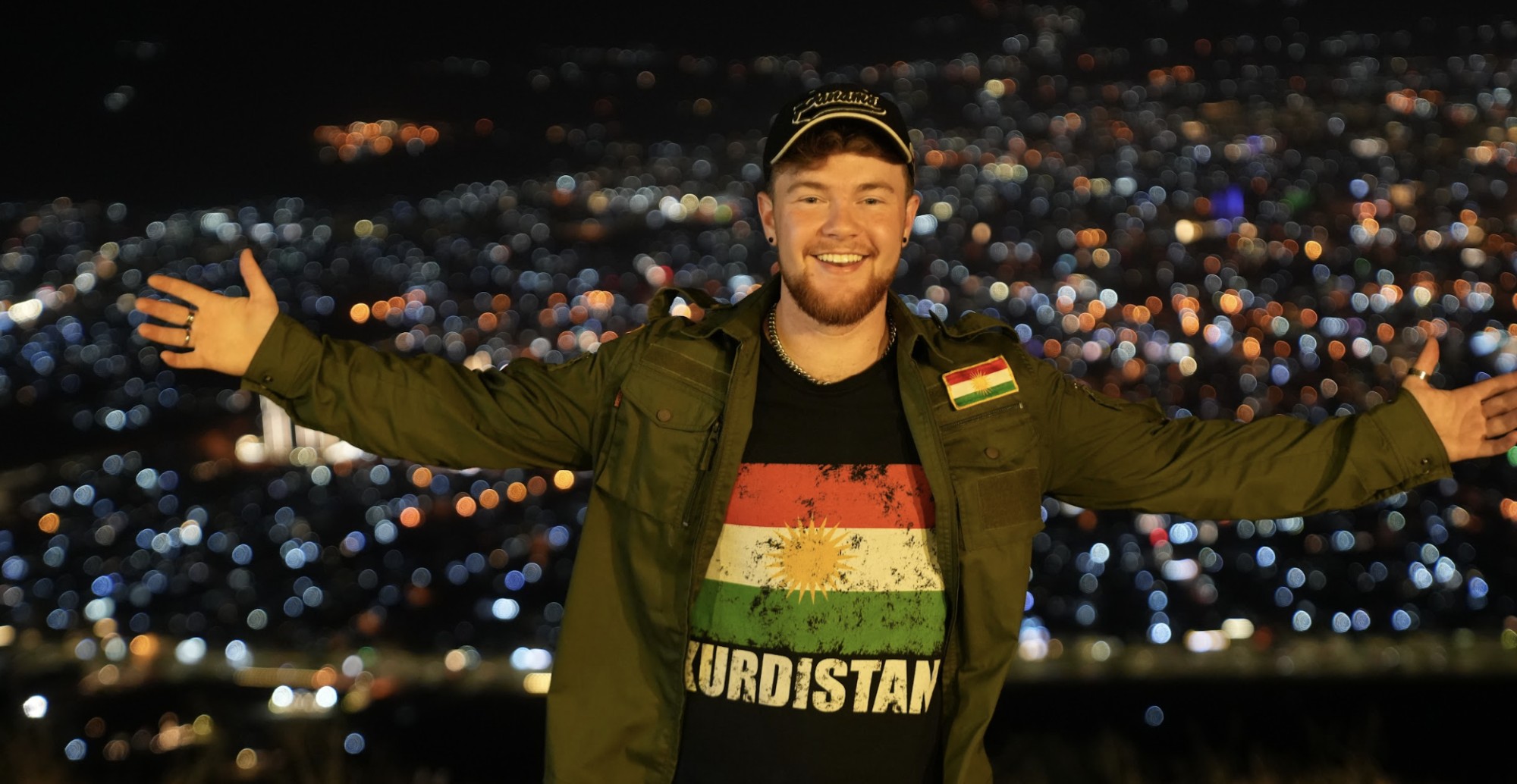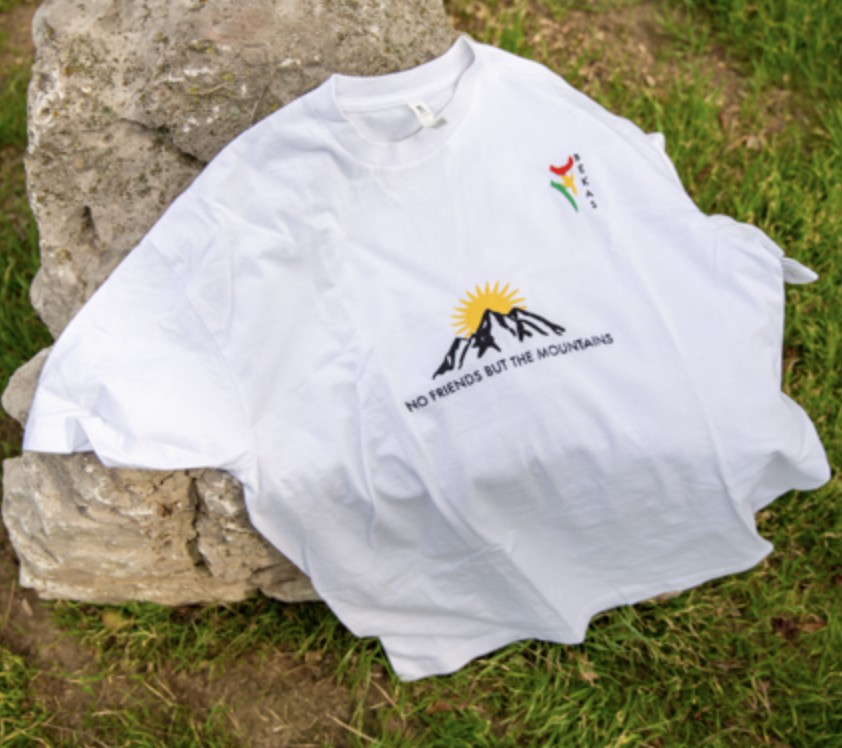The Meaning of Newroz
The Kurdish New Year celebration of Newroz (a combination of the Kurdish words new – meaning “new” – and roz – meaning “day” or ‘’sun’’ in English) marks the start of spring and symbolizes renewal, hope, and freedom among the Kurdish people.
Typically falling on March 21, Newroz is an ancient festival celebrated by Kurdish people and other ethnic groups in the Middle East, Central Asia, and other parts of the world. Its celebration has been a vital part of Kurdish culture for thousands of years and is deeply rooted in Kurdish identity and history.
Each year at Newroz, families and friends come together to enjoy traditional food, music, dance, fireworks, and other festivities. In the Kurdistan Region, citizens celebrate a three-day holiday.
Cultural and political origins
The Kurdish Newroz celebration has its origins in ancient Zoroastrian traditions that are over 3,000 years old. Zoroastrians celebrated the arrival of spring as a time of renewal and rebirth, a tradition that was later adopted by the Kurdish people and has since become an important cultural and political event for Kurds around the world.
The festivities begin with people gathering around bonfires lit at the evening on March 20, which are meant to signify the cleansing of bad luck or evil spirits while also commemorating the fire kept alive by Kawa, who fought against oppression in ancient times.

According to legend, Kawa – an ancient blacksmith – killed Zuhak, an evil tyrant king, freeing his people from bondage after years of suffering under his rule. It thus signifies the freedom through courage that is evidenced today through Kurds’ modern-day struggles around the world.
As such, the colorful and joyous celebration of Newroz is both a cultural and a political event. In many parts of the world, Kurds have faced political persecution and discrimination, and Newroz is an expression of Kurds asserting their cultural identity, demanding their rights, and demonstrating resilience and strength. The day is often marked by political speeches and demonstrations calling for greater Kurdish autonomy and recognition.
Symbolic renewal
The focus of celebrating Newroz lies in its symbolism for renewal: it reminds people that regardless of how difficult life may seem at times, there will always be new beginnings ahead.
For many Kurds living outside their homeland, this day also holds a special meaning because it is an opportunity to connect with fellow members of their communities who are spread across the globe due to displacement caused by war or political conflict in recent decades.
Newroz remains central to Kurdish culture, as its traditions are passed down from generation to generation and provide much-needed hope during difficult times; they remind everyone that no matter what occurs, nothing can stop them from dreaming big dreams while looking forward to brighter days ahead.
The famous Kurdish poet, Piremerd (1867 - 1950), captured the meaning of Newroz in his well-known verse. Translated by Tyler Fisher and Haidar Khezri.
نەورۆز
Newroz
ئەم ڕۆژی ساڵی تازەیە، نەورۆزە، هاتەوە
جەژنێکی کۆنی کوردە بەخۆشی و بەهاتەوە
This joyous Newroz, New Year’s Day of old renewal,
revives a Kurdish rite of light, of lively news.
چەند ساڵ گوڵی هیوای ئێمە پێ پەست بوو تاکوو پار
هەر خوێنی لاوەکان بوو گوڵی ئاڵی نەوبەهار
For years, the flower of our hope remained in chains,
its vernal bud the blood of youth who yearn for change.
ئەو ڕەنگە سوورە بوو کە لە ئاسۆی بڵندی کورد
مژدەی بەیانی بۆ گەلی دوور و نزیک ئەبرد
The red that stained the highest Kurdish ridges here
has heralded the dawn for nations far and near.
نەورۆز بوو ئاگرێکی وەهای خستە جەرگەوە
لاوان بە عەشق ئەچوون بە بەرەو پیری مەرگەوە
As Newroz lit undying fire in their hearts,
the youth rushed forth to welcome death with open arms.
وا ڕۆژ هەڵات لە بەندەنی بەرزی وڵاتەوە
خوێنی شەهیدە ڕەنگی شەفەق شەوق ئەداتەوە
The sun ascends the summits of our homeland’s heights.
The blood of martyrs colors crimson dawn’s first light.
تا ئێستە ڕووی نەداوە لە تاریخی میللەتا
قەڵخانی گوللە سنگی کچان بێ لە هەڵمەتا
Invaders made our homes their battlefield.
Unheard of crimes, yet real: the hearts of girls have served as shields.
پێی ناوێ بۆ شەهیدی وەتەن شیوەن و گرین
نامرن ئەوانە وا لە دڵی میللەتا ئەژین
Mourn not the martyrs of the homeland. Do not cry.
Still living in the nation’s heart, they never die.
Holiday Card: Ode for a New Day
O Kurd, happy New Year, happiest Newroz!
On the path of glory, may our nation never lose.
Cut the hand of occupation from our land:
Gain freedom by your fearless stand.
بۆ کارتی جێژنە پیرۆزە
کوردە پیرۆز بێ جەژنی نەورۆزت
نەبەزی لە ڕێی سەربەرزیی هۆزت
دەستی داگیرکەر لە خاکت ببڕە
ئازایی بێنە و ئازادی بکڕە
by Hejar (1921-1991)
a collaborative translation by the Translation Society of the University of Central Florida
Safin Hamed Ahmed is a Kurdish photojournalist who works with the AFP. He is a visual storyteller and the director of Framing, a not- for-profit photojournalism organization founded in 2016 in Erbil.

